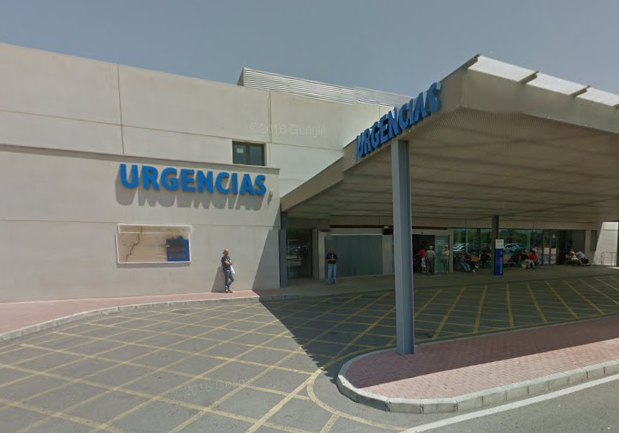Spain registers an increase in both infections and deaths after Monday’s low with 5,478 new cases and 743 deaths from coronavirus after four continuous days of fall. The new data represents an increase of 4.05% in cases and 5.69% in deaths, which brings the total figures to 13,798 dead and 140,510 infected.
The government says, however, that the increase, should be viewed with caution as there has tended to be an underreporting of figures on Sundays and Mondays since the crisis began.
Tuesday 31 March – 5,478 infected …… 743 deaths
Monday 1 April – 4,247 infected …… 637 deaths
Sunday 2 April – 6,023 infected …… 674 deaths
Saturday 3 April – 7,062 infected …… 809 deaths
Friday 4 April – 7,452 infected …… 932 deaths
Thursday 5 April – 8,102 infected …… 950 deaths
The coronavirus pandemic has left 14 more deaths in the province of Alicante in the last 24 hours, bringing the total number of deaths to 283. The figure has risen slightly compared to the previous day, when there were 6 deaths. In the Valencian Community there are 35 more deceased and the global number has risen to 672. There are 607 people admitted to hospitals in the province of Alicante and 143 of them in Intensive Care Units.
With the curve of infections and the numbers hospitalised by coronavirus decreasing, and the road returning to some sort of normalisation, the most important development is the arrival of rapid tests to diagnose asymptomatic cases.
In the last hours, the Government has sent the Community 86,973 rapid tests. These tests, as will be aimed primarily at hospital workers who remain in quarantine, also residents and care home workers, security forces and essential services.
However the Minister of Health, Ana Barceló, said that some tests that, will be applied to workers who are being allowed to gradually return to their companies so that they have confirmation that they are not sick and can have confidence when mixing with their colleagues.
Madrid continues to be the hardest hit community with 40,469 confirmed infections, 5,371 deaths and 1,491 ICU patients. A further 18,410 people, however, have been cured.
It is followed by Catalonia, with 28,323 infected, 2,908 deaths and 2,391 people who, at some point, have undergone intensive care. In third place, Castilla-La Mancha, with 11,077 confirmed cases and 1,177 deaths, in addition to 360 ICU patients, Castilla y León (9,581 infections, 982 deaths), the Basque Country (9,021 cases and 586 deaths) and Andalusia (8,767 infections and 528 deaths).
According to the Johns Hopkins University, more than 1.3 million people have been infected worldwide, while more than 74,000 have died. Some 284,000, meanwhile, have overcome the disease.
There is still a great deal of controversy in Spain on the counting of the deceased . The government admitted failures in the official count on Monday and announced that measures have been taken. The Minister of Justice, Juan Carlos Campo, attributed these deficiencies to “computer limitations” of the system used by civil registries, which he said are “being corrected.”
There is little more information on how the Spanish government plans to carry out the isolation of asymptomatic cases in hotels and other public and private installations, something that they have said is one of its most important measures to slow the transmission of the coronavirus:. On Monday, Health Minister Salvador Illa said that the isolation would be a voluntary option for asymptomatic patients but his statement was rejected by Justice Minister Juan Carlos Campo who said that the government was considering legal measures for those who refused to self-isolate.
However, government sources say a final decision has not yet been made so it would appear that the situation is still to be resolved.





